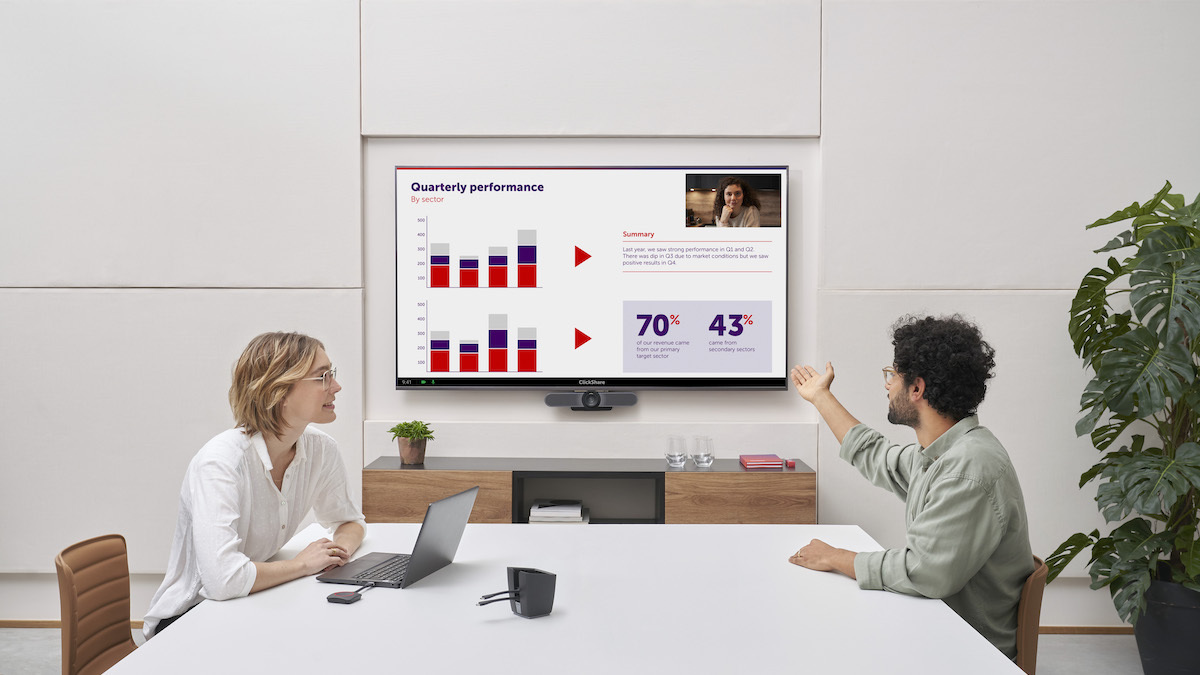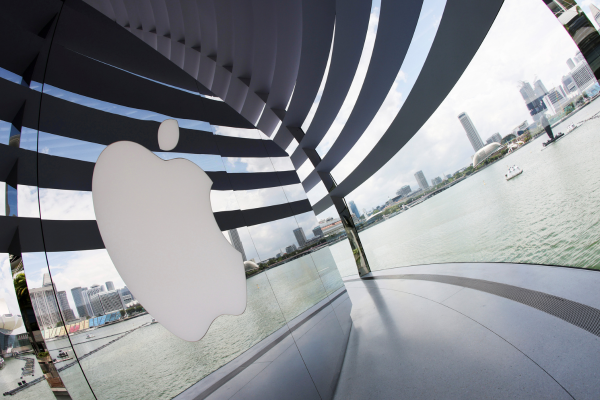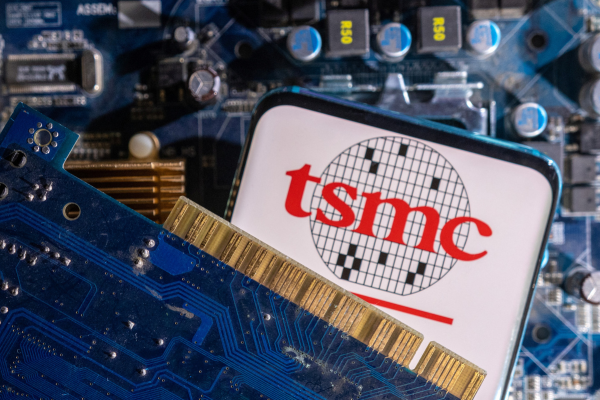Technology considerations for the hybrid work environment
Sponsored by Barco
Even in an environment of what’s felt like constant change during the past couple of years, the workplace may just now be reaching its true pivot point. While government figures and business leaders are encouraging, and in some cases even mandating, workers to return to the office, many still do not feel comfortable coming back in such a high capacity – either because of safety concerns or an unwilling-ness to sacrifice the increased flexibility and conveniences they’ve enjoyed in remote settings.
What’s become clear is that the era of the five-days-a-week, nine-to-five office schedule is over, replaced by a hybrid work model where employees split their time between on-site and remote environments at a schedule that accommodates their personal and professional needs. Thus far, employees across various industries have greeted the emergence of hybrid work with great enthusiasm.
However, the varying demands of the hybrid work environment place more pressure on business and IT leaders to identify tools and operational structures that suit every employee’s preferences. In particular, this transition allows organisations to revaluate their technologies and identify potential upgrades that can align the best of office and remote work styles.
Work technology is no longer just a functional part of the day, but a potential differentiator in maintaining a growth trajectory and even retaining and recruiting top talent. While hybrid work will look different for every organisation and industry, these three considerations can serve as a starting point to identify the right balance of flexibility and productivity.
Laptops and personal devices are more essential than ever
Our laptops have arguably become the most important part of our professional lives since the advent of remote work. Not only have they allowed us to continue our daily tasks from anywhere we wish to work, but we can now quickly and easily connect and engage with our colleagues at a time where on-site meetings are not always possible. It’s no surprise, then, that Barco research revealed that 77 per cent of workers said they could not imagine working without their laptop. Given employees’ newfound reliance on their PCs, there’s no reason to expect lap-top-driven communications to fade once workers are back in the office. After months of enjoying the simple connectivity that video conferencing platforms have offered during the pandemic, workers likely will not have the patience for the complex wire networks and connectivity challenges of legacy conference rooms.
For business and IT leaders, this change signals a priority to not do away with laptops as the focal point of work, but rather empower hybrid employees to accomplish more within them. This includes making a core investment in their virtual collaboration capabilities and make meetings more accessible to all employees through the PC. Barco’s ClickShare platform, for instance, connects with users’ laptops to automatically set meeting rooms and peripherals to pre-defined conditions, all while supporting the virtual meeting hubs we’ve grown to know, such as Teams, Zoom and WebEx. This ultimately allows users to simply walk into the room and connect without the need for technical start-up needs, and for remote participants to continue joining in just a single click.
Video: the root of hybrid
One aspect of the old workplace that employees did not miss during the pandemic was battling colleagues for the coveted video conferencing room. Working from home demonstrated just how successful video conferencing could be when controlled through a laptop.
The transition to hybrid work means that every room in an office can become a video conferencing room. Wherever employees are taking or leading a meeting, they still desire the ability to walk in, open their computer and get started without delay or complex setup. Through platforms such as ClickShare, businesses can expand their workers’ capabilities without a significant technology or layout overhaul. Likewise, businesses can ensure that in-room peripherals, such as microphones, cameras and speakers, also easily connect to personal devices.
Levelling the playing field
One of the greatest challenges facing business leaders in this new hybrid world will be avoiding the feeling of an inferior experience for remote workers. While there is no way to truly replicate the in-person engagement that occurs within offices, remote employees may be conscious about being left out of key discussions, decisions and even on promotions or pay rises if they are not present all the time.
In these scenarios, technology can help fill the gap and make every participant in a meeting feel as if he or she is at the table regardless of location. ClickShare Conference includes virtual blackboarding, annotation and polling to make content visible and actionable among remote and on-site participants. Additionally, the platform offers capacity for small breakout groups where remote participants can share their insights without feeling as if they are speaking over those in the room. Through bridging technology, no meeting knowledge goes lost or overlooked and all employees can feel as if their voice is heard.
Much as in larger society, the technology that fuels hybrid work will only improve over time. At the same time, the needs of employees will change. The businesses who stand the best chance of thriving in the hybrid model will be the ones who can find the ideal intersection of these two dynamics. Embracing continued change offers an opportunity to reimagine their work environment and improve the experience for employees wherever they choose to do their jobs.
Try ClickShare for free!

Business Reporter Team
Most Viewed
23-29 Hendon Lane, London, N3 1RT
23-29 Hendon Lane, London, N3 1RT
020 8349 4363
© 2024, Lyonsdown Limited. Business Reporter® is a registered trademark of Lyonsdown Ltd. VAT registration number: 830519543
Join the Business Reporter community today and get access to all our newsletters, and our full library of talk show episodes
Join the Business Reporter community today and get access to all our newsletters, and our full library of talk show episodes





